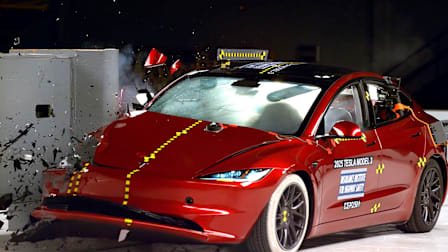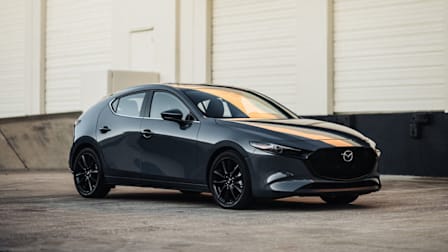Face-Off: Nissan Sentra vs. Toyota Corolla
These recently redesigned compact sedans present different strengths to shoppers

Car shoppers who are in the market for a compact sedan might have trouble deciding between the Nissan Sentra and Toyota Corolla, which are both recommended and have good scores in Consumer Reports’ Small Sedan ratings. The Toyota is one of the most popular models with CR members, thanks to its history of strong fuel efficiency and reliability, although it is somewhat boring to drive. The Sentra has had a more up-and-down history, delivering competitive—but not outstanding—fuel economy, but often felt as if it was built with too much cost-cutting in mind.
But the Sentra underwent a metamorphosis with its 2020 redesign, emerging as a much more competitive model, and it now sits near the top of our ratings. Meanwhile, Toyota also redesigned its small car for 2020, introducing not only a conventionally powered one but also a gas-electric hybrid.




















